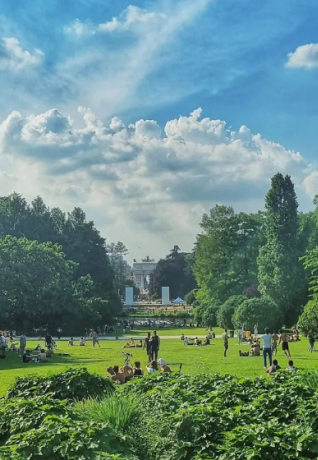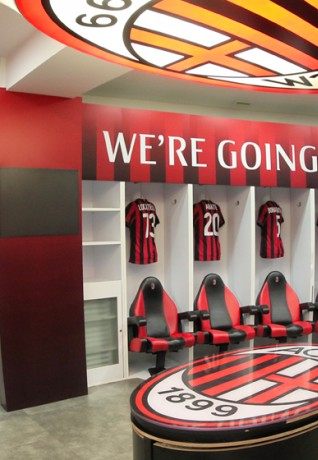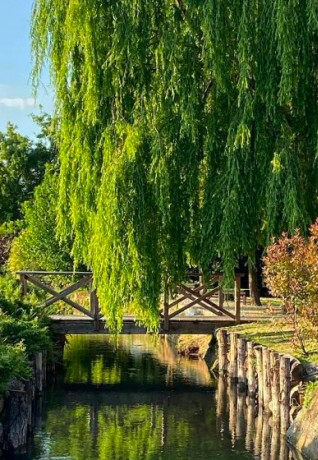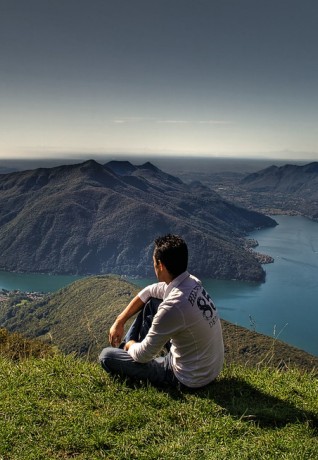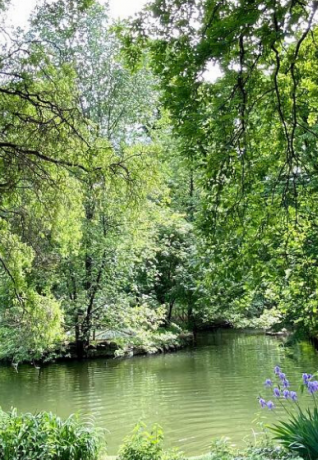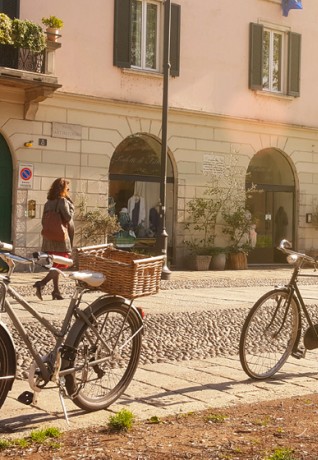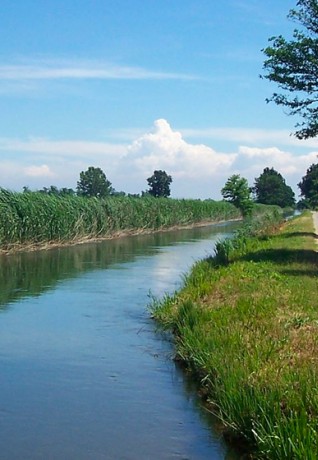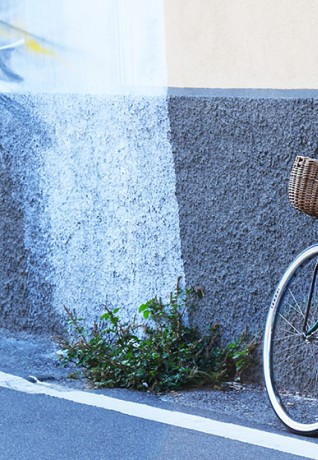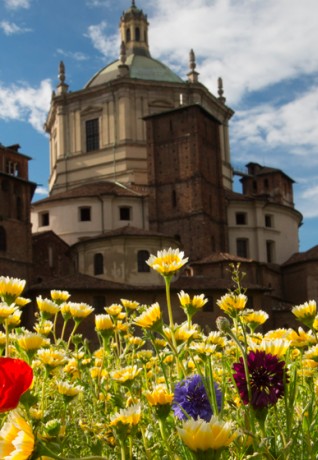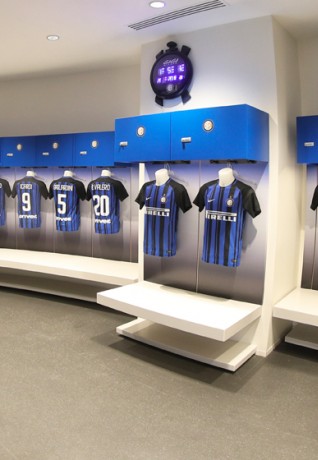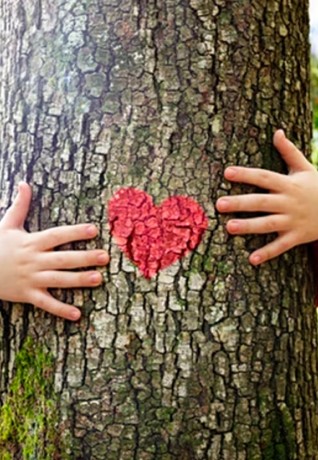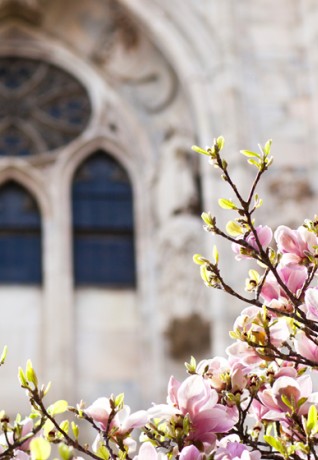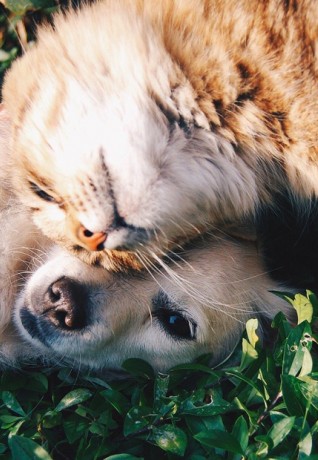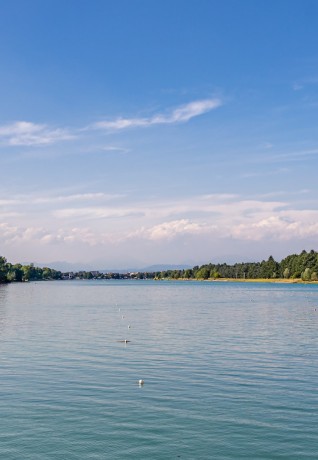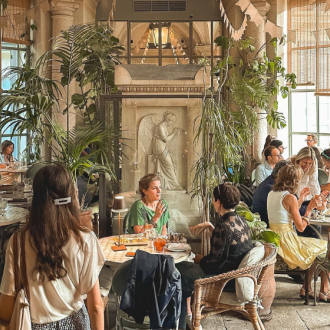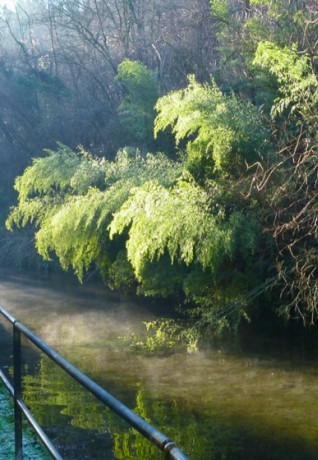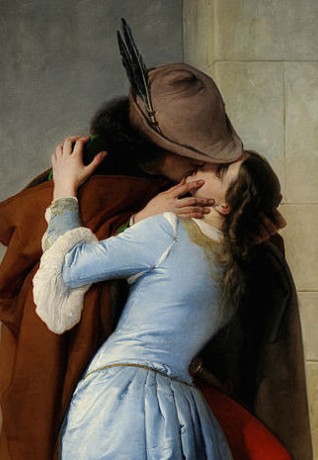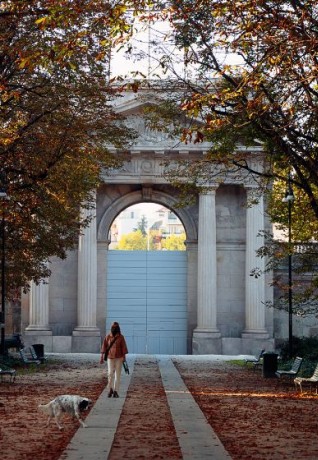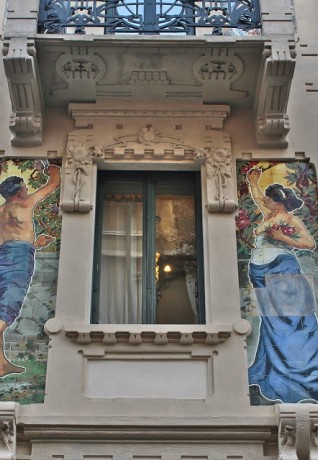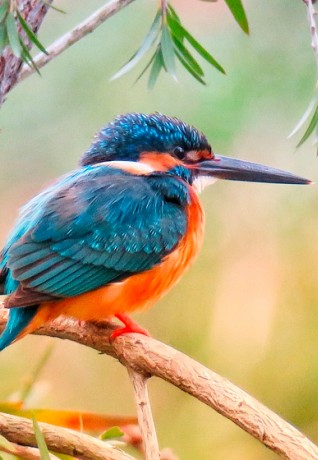Milano Green City: the large parks outside the centre
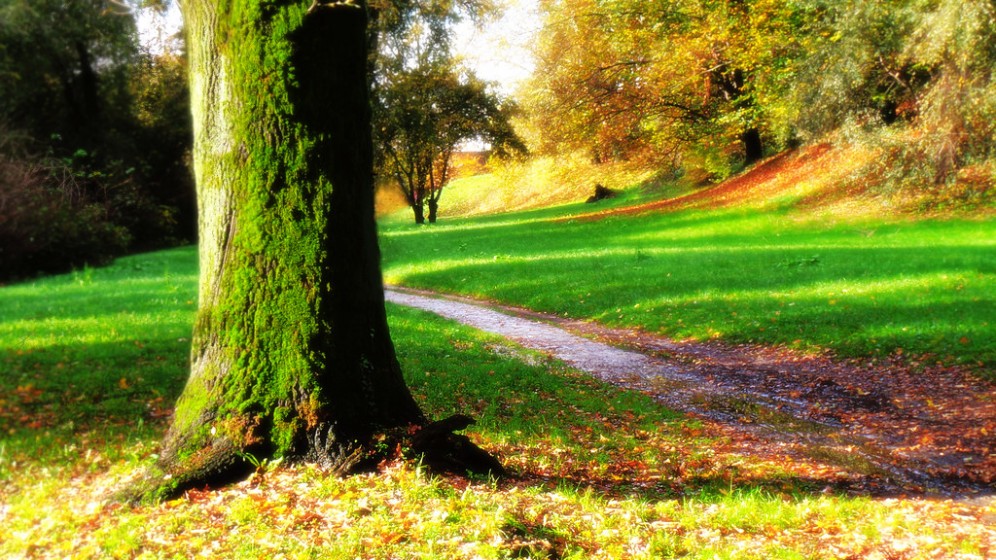
Milano has always been known as a business city but it’s now rediscovering its impressive green credentials.
In addition to the five parks around the city you can find here, which are welcoming places to take a break from work or study, there are many smaller green lungs in every urban area that can offer more immediate escapes for downtime and for family fun. It’s a little-known fact that the density of Milano’s green areas exceeds 10% of the total municipal zone.
Several of the parks are equipped with workout areas and fitness trails but the large spaces mean that they are also great for jogging or cycling.
Let's check out the locations and see what they have to offer.
An extensive green oasis bordered by the northernmost periphery of Milan, Sesto San Giovanni and Cinisello Balsamo, Parco Nord is an artistic, floral and architectural treasure.
It extends over 632 hectares on some of the areas that housed the Breda manufacturing plants and is a very popular destination for the several million visitors who arrive each year to make use of the large spaces.
It provides ample facilities for relaxation and playing games, along with areas for sports and community allotments.
It also has dedicated zones for basketball, football and baseball along with a running track and a velodrome.
NOT TO BE MISSED
Check out the elegant Villa Manzoni in Brusuglio di Cormano and its centuries-old park (former estate of the legendary writer Alessandro Manzoni, today private premises not open to visitors) and beautiful Villa Torretta, the most precious historical asset within the park, that is one of the few 16th- century stately villas whose main halls are entirely decorated with frescoes. It is now a conference centre and a luxury hotel.
This is one of the most attractive contemporary city parks created in Milano, considered by some to be the Milanese equivalent in style to New York’s hybrid public space, the famous High Line.
This 60,000 m2 park was designed by the two landscape architects, American Charles Jencks and the German Andreas Kipar, who outlined the morphological modelling of the hill which creates a system of diagonal continuity with parco Monte Stella.
It differs from the other city parks as it is structured to engage the hinterland and the centre; the landscaping facilitates a gentle and positive transition to deflect the noise from the busy Viale Alcide De Gasperi and Viale Renato Serra, which loop around it to the south.
Interweaving circles and lines are the hallmark of this park which have created a landscape that inspires exploration and provides spaces for relaxation, running and cycling. A spiral path leads to the top of a gently sloping hill from which you can enjoy a panoramic view of the city and appreciate the passing of the seasons.
Monte Stella is a well-known landmark in Milano, the artificial hill located in the north-west area, in the QT8 district, is 45 metres high (185m a.s.l.) and provides a scenic view of the city and hinterland.
The development of parco Montestella was closely linked to the growth of the QT8 district, which was designed as a new experimental residential district in 1947 on the occasion of the VIII Triennale, comprising tall buildings, a church, several schools, a covered municipal market and, most importantly, green spaces.
The project comprised an artificial hill, essentially composed of materials from the debris of the buildings bombed during World War ll. With its ramps and its various challenging hilly circuits, Monte Stella is a runner's paradise.
The Giardino dei Giusti (Garden of the Just) was inaugurated on the mound in 2003, a memorial dedicated to distinguished opponents of genocide and crimes against humanity. There are trees planted in honour of notable persons such as Moshe Bejski, Andrei Sakharov, Svetlana Broz, Pietro Kuciukian and many others.
Set between Figino, Quarto Cagnino and Quinto Romano districts, Bosco in città (Woodland in the City) is a public park of 120 hectares that extends in the north-western area of the city. As the name suggests it has woods, meadows, waterways, wetlands and approximately two hundred allotments within a community garden allocated to individuals who cultivate them with great pride - not to mention a pond, a water garden, an apiary and an orchard.
NOT TO BE MISSED
The XV century San Romano farmstead, originally conceived as a stately home, is an organizational centre for agricultural and livestock activities.
With over one million m2 of greenery, 4 lakes formed by artificial basins, a pond and water meadows covering 24 hectares, Parco delle Cave is the third largest park in Milano, after parco Nord and parco Forlanini, and is unprecedented on the Milanese landscape scenario.
The park covers an area of over 500,000 m2, characterized by sprawling meadows bordered by rows of double-lined trees and small woodlands.
It is one of the city areas most suitable for sports and recreational activities, both because it is one of the largest and also because it offers free access to sports facilities, including a 4k running track, not to mention wide avenues and meadows for jogging and strolling.
Trennolandia, inside the park, is a playground suitable for children up to 11 years of age with lots of fun facilities such as climbing areas and bouncing castles.
Located in the northwest of Milano, bordering the Gallaratese district, the airy park has a surface area of almost 300,000 m2.
Its large green axis representing the main cycle-pedestrian connection system is based on a longitudinal ridge crisscrossed with paths and encircled by a peripheral road.
Traversed by a stream from north to south, the park has 10 kilometres of cycle and pedestrian paths, 5 children's play areas and 3 fenced canine areas allocated to different sizes of four-legged friends.
Parco Trotter is located in Milano’s Turro district.
Up until 1924, the area was the headquarters of the Trotting Society, then the horse racing business was transferred to the San Siro facilities. The old racecourse is now a circular driveway and the stables have been transformed into school buildings.
Historically, the Casa del Sole was a special boarding school for frail and tuberculous children, a unique Milanese experience in Europe of an open-air-school with progressive pedagogical theories. The concept was to offer the young school population an ecologically-ideal environment.
Parco Trotter was almost like a small green town with two gyms, a swimming pool, a theatre, a small farm with orchards, animal pens and a church.
Eventually, in the 1970s the school opened up to local children to become a regular neighbourhood school and the park became accessible to the public.
It covers an area of 120,000 m2 and the circumference of the main circular ring is 800 meters with 6 equipped play areas, plus, 2 courts for volleyball basketball and five-a-side football on the area of the former swimming pool.
Parco Lambro is one of the largest green areas in Milano and extends over 900,000 m2.
Its wide-open spaces are great for jogging or running along the track that is almost 4 km long. Cyclists are permitted to ride at a limited speed and other visitors can work out on the fitness path, play disc golf or skateboard on the ‘Lambrooklyn’ track, a name coined by the many youngsters who regularly frequent it.
The park also has football fields and two equipped play areas for children.
After Parco Nord, parco Forlanini is the second largest park in the city with an area of 543,000 m2.
Enough space to offer outdoor activities for everyone including play areas for kids and bowling greens. It is suitable for long-distance training for runners, great for cycling along the avenues and, by means of a network of cycle paths, it is easily connected to other adjacent parks.
Located in the eastern part of the city towards the airport, between viale Forlanini and via Corelli, it runs alongside the banks of the river Lambro, extending up to the Parco dell’Idroscalo.
Popular with students from the nearby Bocconi University, another green lung in the city is Parco Ravizza whose rectangular layout is criss-crossed by symmetrical avenues and is known for its tall shady cedar, oak and plane trees.
There are several dog-friendly zones and numerous lawns which frequently host friendly football matches. Several kiosks and bars serving street food, along with more healthy option, are in the area to cater for the large student footfall.
On Wednesday evenings SurfSkateNight organise a meetup at 18.30 which is a great opportunity for skateboarding enthusiasts. Whatever you style - be it ‘classic’, surfskate or longboard - you can swap tips, improve your technique or even make your debut ride on the board. For all details check out snowave.it; meet up is at the Poke House Kiosk.
A large undulating park with picnic areas and extensive lawns perfect for playing sports, football or volleyball matches or for cycling leisurely along the paths.
Parco delle Rose offers an enticing Tree Experience, a first-of-its-kind Adventure Park in the trees for children.
It stands on an area that has long been owned by the monks of the nearby Abbey of Chiaravalle, who used it as a rice field.
As part of the technological updating of major waterways, at the end of the 19th century, a new port was to be built on the area of the current park as a connection to the Adriatic Sea. The concept was eventually abandoned but traces remained in the toponymy of the area which took the name Porto di Mare (Gate to the Sea).

 Log in
Log in


